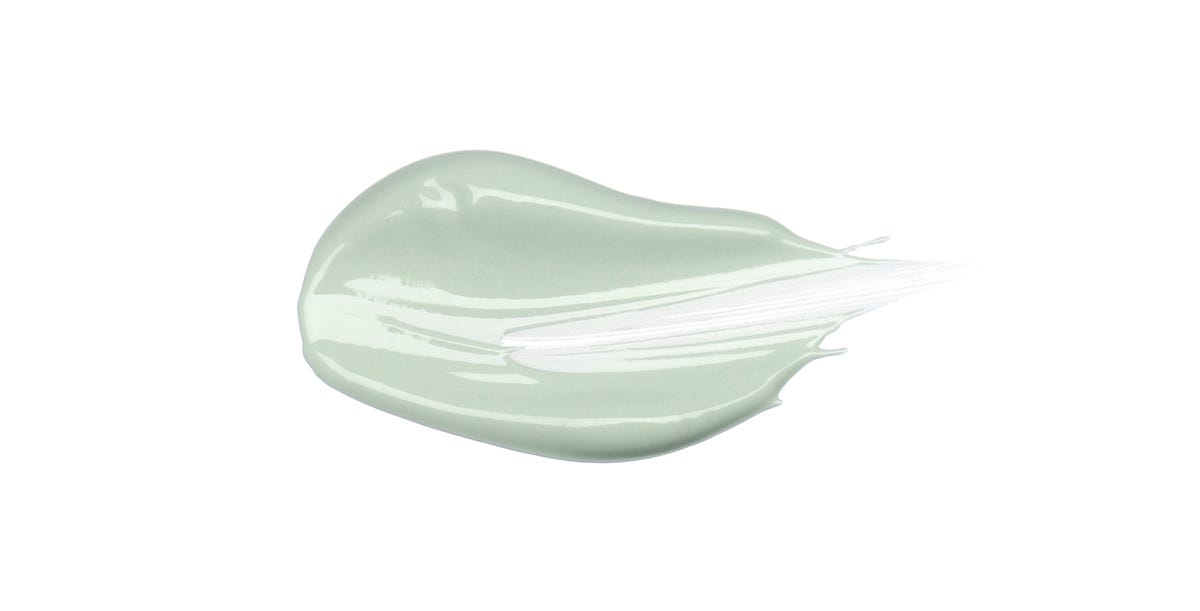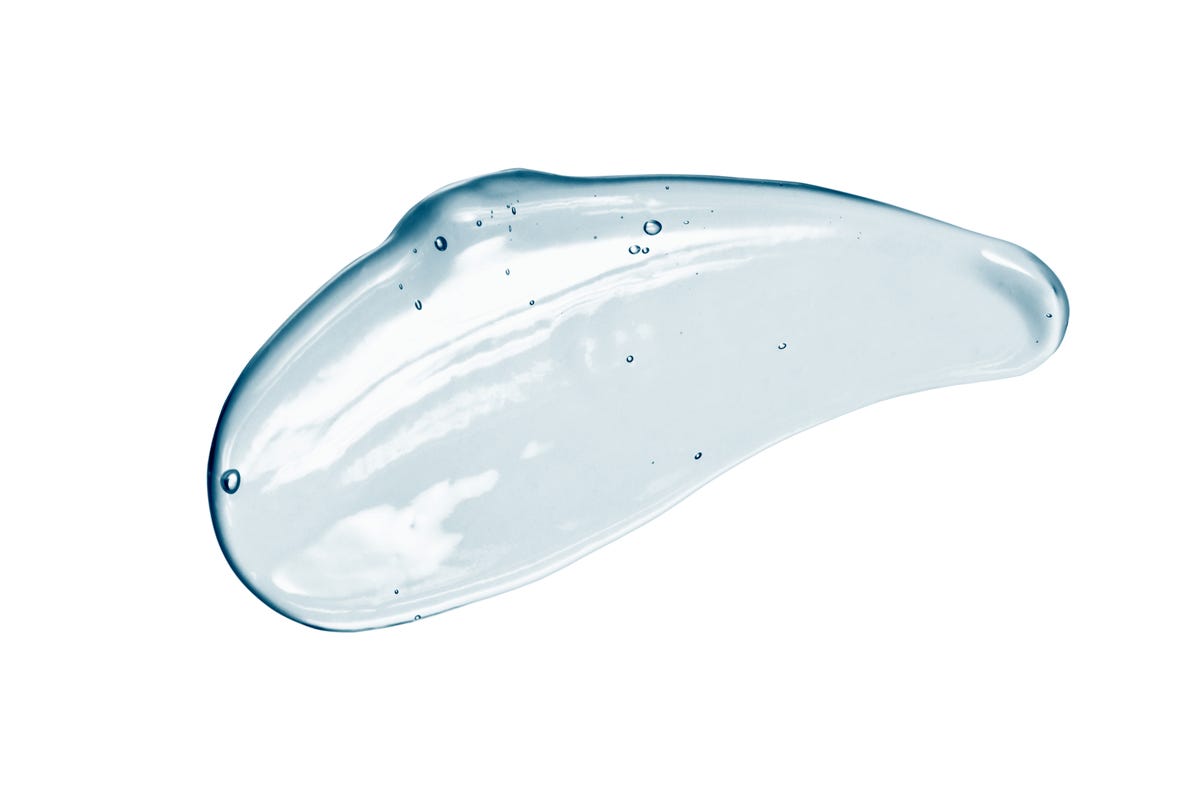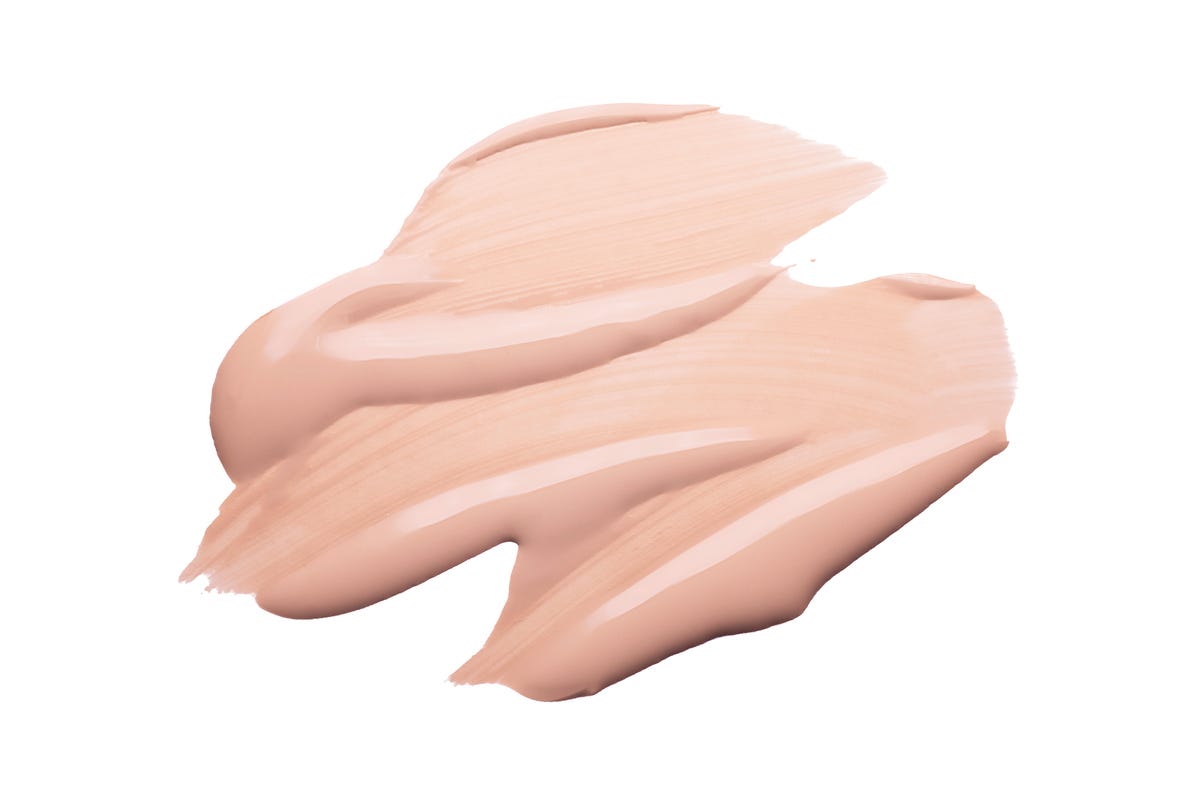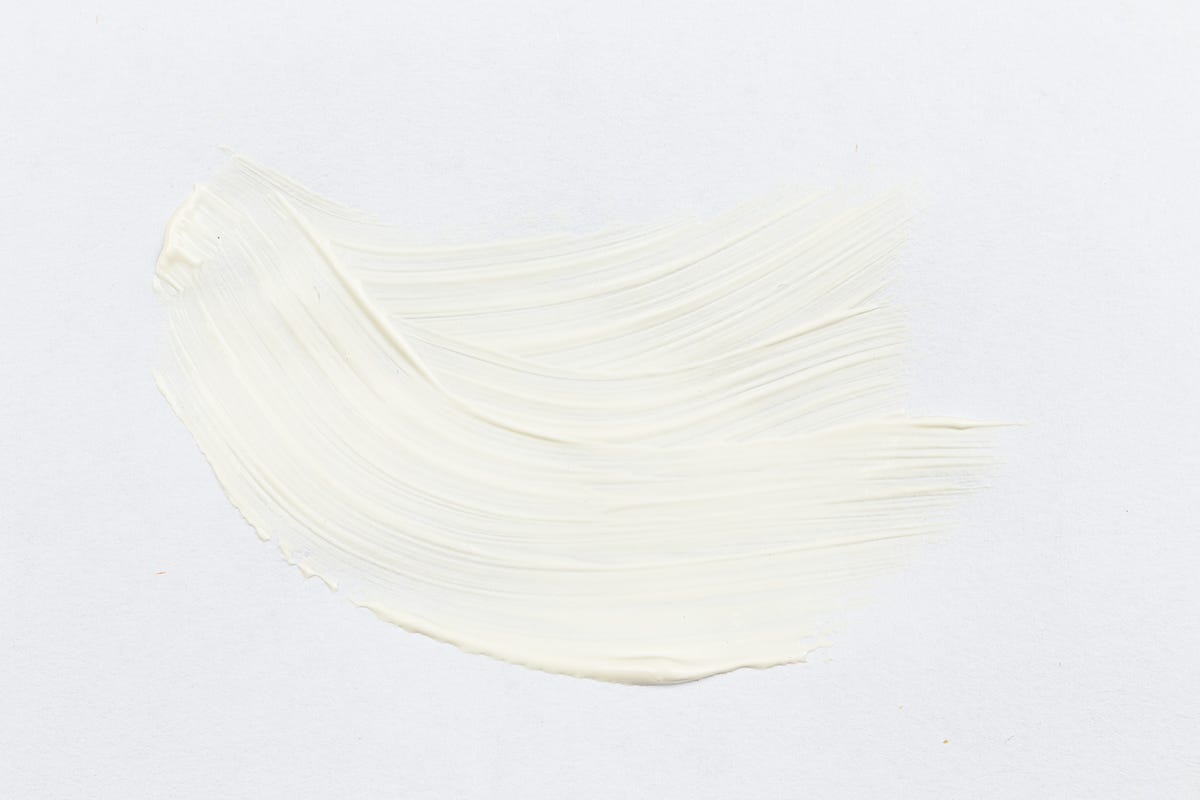You may have heard of the term feng shui, a traditional Chinese practice of arranging your home’s furniture and decor to promote harmony, balance and peace. The way you decorate your home can have a positive or negative impact on your mood. It turns out the same goes for the color of your paint. While we commonly just look at paint colors as a design choice, hues and shades have the power to influence feelings that directly impacts our mood. There’s a good reason why you may be attracted to certain colors more than others.
Minnesota State University conducted a study with 30 first-year college students to demonstrate the effect of red room colors on stress levels compared to green room colors. The results showed that when placed in a red room, participants reported higher feelings of stress than those who spent their time in the green and white rooms.
According to WebMD, green can boost positive emotions and weaken negative ones. White also seems to have a similar effect. On the other hand, red is linked to failure and danger, provoking more negative emotions. Considering we spend so much time in the bedroom, utilizing the power of paint color in this space can be beneficial for your emotional well-being, sleep and overall mental health.
Here are the best (and not so great) paint colors to use in your home.
Read more: 7 foods that make you happy, according to science.
Best colors for your home
Green

Getty Images/ Anna Efetova
Science has shown that green, a common color in nature, has a calming effect with the ability to reduce stress levels and promote greater feelings of positivity. A gentle green color can also help improve your focus and efficiency.
Blue

Getty Images/ Kat-Ka
Cool colors like light blue seem to have a calming effect and relieve anxiety. Blue even has the ability to lower blood pressureease tension and help aid insomnia, making it an ideal color to promote relaxation and sleepiness in the bedroom.
Light pink or blush

Getty Images/ TanyaRow
Soft, dusty shades of pink and blush are mellow colors that study participants responded well to when treated with pink color therapy. Results showed that pink was able to reduce stress levels in student volunteers. Not only that, but when Swiss jail inmates were put into a pink-painted room, they reported reduced anger after just 15 minutes of exposure.
Color psychology expert Amy Wax also says that light pink is a popular color for psychologists’ and psychiatrists’ offices because it helps promote relaxation for their patients who come for an in-person visit.
White

Getty Images/ R. Tsubin
We commonly associate the color white with cleanliness and freshness. White is another color backed by science capable of provoking feelings of calmness, peace and positivity. However, try to avoid dark-tinted whites or grays that feel more gloomy than bright.
Worst colors for your home
Unfortunately, colors can also work against you if you paint your bedroom with a stimulating, high-wavelength shade.
Red
Red is a strong and forceful color perfect for Superman’s cape, but not so fitting for a person’s home. The color red has been shown to cause stress, anxiety, anger and frustration and to raise blood pressure.
Gray
An unpopular opinion that might ruffle some feathers: As neutral as a gray wall might be, it’s not the ideal color for your whole home or bedroom. Gray is often linked to dreariness, coldness and depression. Gray has been used most as the color to describe feelings of anxiety and sadness. It’s often found in industrial areas and concrete, and can be uninspiring or dull.
Bright yellow
This one may be surprising, as yellow is usually associated with excitement, happiness and sunshine. While it has its rightful place in nature, it should probably stay out of your bedroom.
Yellow can spark feelings of creativity and energy, but this is counterproductive when trying to sleep. Also, long durations of exposure to yellow tones can prompt irritation and anxiety.
Dark brown or black
Dark paint colors can take a room or bedroom from inviting and soothing to dim and cave-like. Try to avoid aggressive paint colors that make your room feel dark and depressing. You may feel lower energy, sadness, isolation and fearful in a dark or black room. It may even harm your sleep, as one study showed that people with dark brown bedrooms slept an average of six hours and five minutes a night rather than the recommended eight hours.
See also
The information contained in this article is for educational and informational purposes only and is not intended as health or medical advice. Always consult a physician or other qualified health provider regarding any questions you may have about a medical condition or health objectives.
